Bayshore Plan Misses the Bus
2006 redevelopment was a huge failure. New plan again ignores bus transit and true urbanism.
In 2006 the Bayshore Mall, which dates to 1954, was converted into a “Town Center” in a $400 million renovation, resulting in 1.3 million square feet of office and retail space along with 113 apartments and 4,442 parking spaces on the 52-acre property. Financing included the state’s largest Tax Incremental Financing District — $57 million.
The master plan called for Sears, Boston Store, an iPic cinema/entertainment complex and a Kohl’s to anchor the project. Today, the Sears building is demolished, the Boston Store is empty, the iPic is closed. The building housing Kohl’s, which remains in operation, is under separate ownership, although part of the mall. More than 30 of the center’s commercial spaces are vacant, including Sprecher’s Restaurant and pub, which closed in January, Hom Wood Fired Grill, and Applebees, which closed on September 28th.
This year, the assessed valuation of Bayshore was set at $65 million, down from $310 million the year before. Something had to be done. Too bad it was not done correctly the first time — as a Transit Oriented Development.
Yet Another Re-Do
Earlier this year, the City of Glendale announced an agreement with American International Group, Inc., once an investor in the project, and now the owner after the failure of the original developer. AIG would pay off the $57 million TID, reduce mall space by 37 per cent, remodel other spaces, and create a better pedestrian experience in the mall.
The city would then issue a new TID, for $37 million. The new plan would modernize the storefronts, create new streets and pedestrian amenities. The former Sears space would become a home for Total Wine and Spirits. The former iPic would become an entertainment center. There might be a hotel. By 2033, tax money would again flow to the city, and Bayshore’s tax assessment would rise. We have heard that story before.
Renderings
A Missed Opportunity
Critics of and apologists for the failure of the Bayshore renovation of 2006 point out that the retail landscape has changed nationally since the time when large “Big Box” stores “anchored” shopping malls. Internet shopping, particularly Amazon, has radically changed the market. Also, 2006 was a lousy time for the economy in general and for real estate in particular, as the Great Recession was about to hit the country. Demographics were key as well with the ascendant Millennials, who were expected to occupy apartments in the suburban shopping mall, shop at the national chain stores and enjoy easy freeway access for the workday commute. Many decided instead to live in an urban setting in an actual neighborhood far more walkable, entertaining and accessible to good jobs than Bayshore ever will be.
Currently all bus stops are on the periphery of the property, including the terminus stops for routes 14, 15 and the Green Line. These stops, on both sides of N. Port Washington Rd., have only very sketchy sidewalk access. There is no sidewalk on the west side of the street, where the bus stop occupies a small pad just inches from busy I-43, and no connection to an express bus stop to the south. Across the street, the sidewalk ends at the stop, with no sidewalk to the north, but a thorny patch of rose bushes instead. Direct access to the stores requires walking through a parking lot, and an automobile ATM lane. Bus drivers on break must likewise take a hike into the mall for a rest room. Certainly Bayshore’s 52 acres could have provided an excellent location for a true transit plaza, making the place a genuine destination. Public funding for private development like this should contain a public amenity like accessible transit.
Current Bus Access
County Board Chair Responds
As noted, Bayshore is located in Glendale, with a population of 12,728. I wrote to Mayor Bryan Kennedy to ask why transit was not considered by the city, but did not receive a response.
At the County level, the area is represented by 1st District Supervisor Theo Lipscomb, who is also the chairman of the county board. He writes:
You may recall that this was an issue several years ago with Southridge having received significant tax increment finance support and then later relocating transit routes further from their entrances. Similarly, when I heard that our transit which currently turns around on the Bayshore site might be relocated I expressed my interest in better accommodating and integrating transit into the site. As you probably know neither I nor the county board get a vote on these matters. My specific inquiry with the Abele Administration centered around their discussions of the redevelopment plan and their vote on the joint review board for TID financing. I was told by Director Brown Martin and economic development staff that they were well aware of the issues and reached some compromise ahead of the approval.
Yet according to Matt Sliker, the Integrated Market Manager for the Milwaukee County Transit System:
All of the current MCTS bus stops at and near Bayshore will continue to operate as they do today.This includes the six stops that are directly alongside the property and the four stops that are across the street from the property. The locations of these stops are not expected to change.
As I reviewed the plan, I felt that overall it is much more relevant and of our time & place. It was good to see that the dated contrived facades have been replaced with cleaner elevations which in some cases incorporate art. Murals and sculpture, along with plantings, walkways and light canopies create a nice flow and will activate and urbanize Bayshore. The plaza and interior landing pads are good areas for strong programming and organic use to create people places.
Looking at the site in terms of how space flows within and then looking at it in terms of how it is accessed are two different things.
The improvements proposed will surely create a new vibrancy. However, access seems to be same as before the overhaul: I-43 and Silver Spring are still clear suburban barriers separating a pedestrian-friendly world from a car-centric world. If our future will indeed include better and enhanced public transportation, it would make sense that another look be taken at Bayshore’s site plan – and perimeter interface – to make sure the future of transportation is identified. Will BRT make its way to the Northshore? Will we see the streetcar extended? Will Bayshore be better connected to the south side of Silver Spring and walkability encouraged?
The entire episode points out that the greater Milwaukee area is missing out on a sustainable future due in part to the lack of a true regional planning organization, unlike SEWRPC, which seems like a lobby for freeways and suburban development, and to the lack of a regional transportation authority, and the shortsightedness of suburban municipal officials. We have a long way to go.
For More Information
- Urban Land Institute Study of Bayshore Town Center, 2015
- Transit-Oriented Development in Failing Malls White Paper National Center for Sustainable Transportation, December, 2018
- Plan for Bayshore redevelopment
If you think stories like this are important, become a member of Urban Milwaukee and help support real independent journalism. Plus you get some cool added benefits, all detailed here.
Plenty of Horne
-
Villa Terrace Will Host 100 Events For 100th Anniversary, Charts Vision For Future
 Apr 6th, 2024 by Michael Horne
Apr 6th, 2024 by Michael Horne
-
Notables Attend City Birthday Party
 Jan 27th, 2024 by Michael Horne
Jan 27th, 2024 by Michael Horne
-
Will There Be a City Attorney Race?
 Nov 21st, 2023 by Michael Horne
Nov 21st, 2023 by Michael Horne
Transportation
-
MCTS Adds 28 New Buses
 Jul 13th, 2024 by Graham Kilmer
Jul 13th, 2024 by Graham Kilmer
-
MCTS Designing New Bus Shelters
 Jul 10th, 2024 by Graham Kilmer
Jul 10th, 2024 by Graham Kilmer
-
MCTS Updates RNC Bus Detours To Better Serve Downtown, Riders
 Jul 9th, 2024 by Jeramey Jannene
Jul 9th, 2024 by Jeramey Jannene


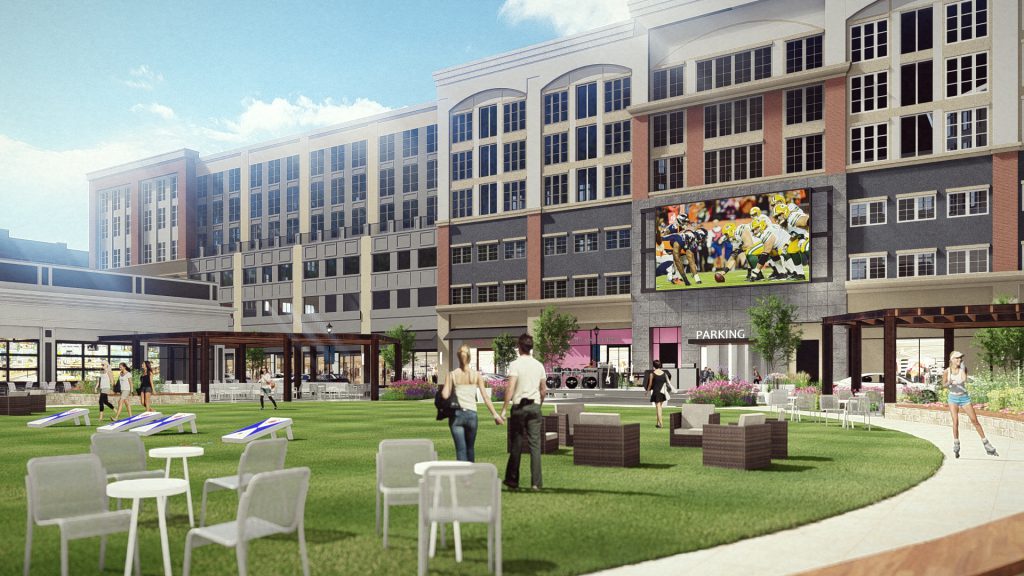
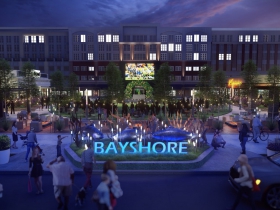
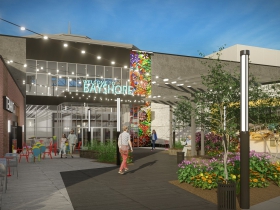
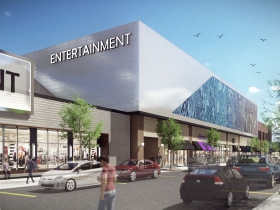
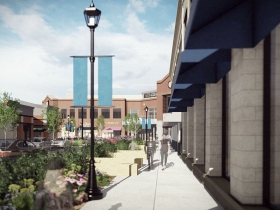

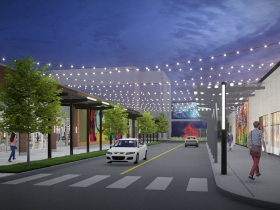
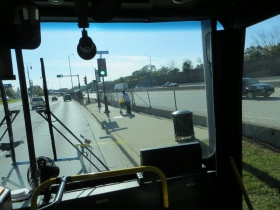
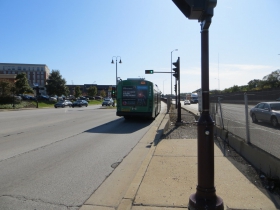
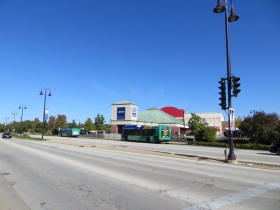
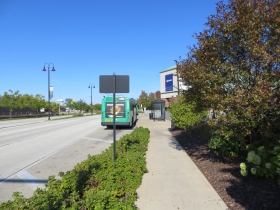
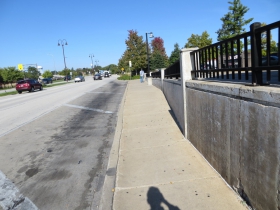
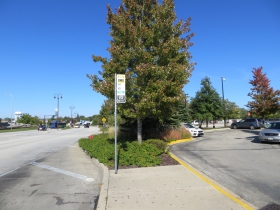




















Excellent article. I stopped shopping at Bayshore for the reasons written as I travel via MCTS bus and have no desire to hike the distances with packages.
Unfortunately, the very accurate closing paragraph could have been written 20 years ago.